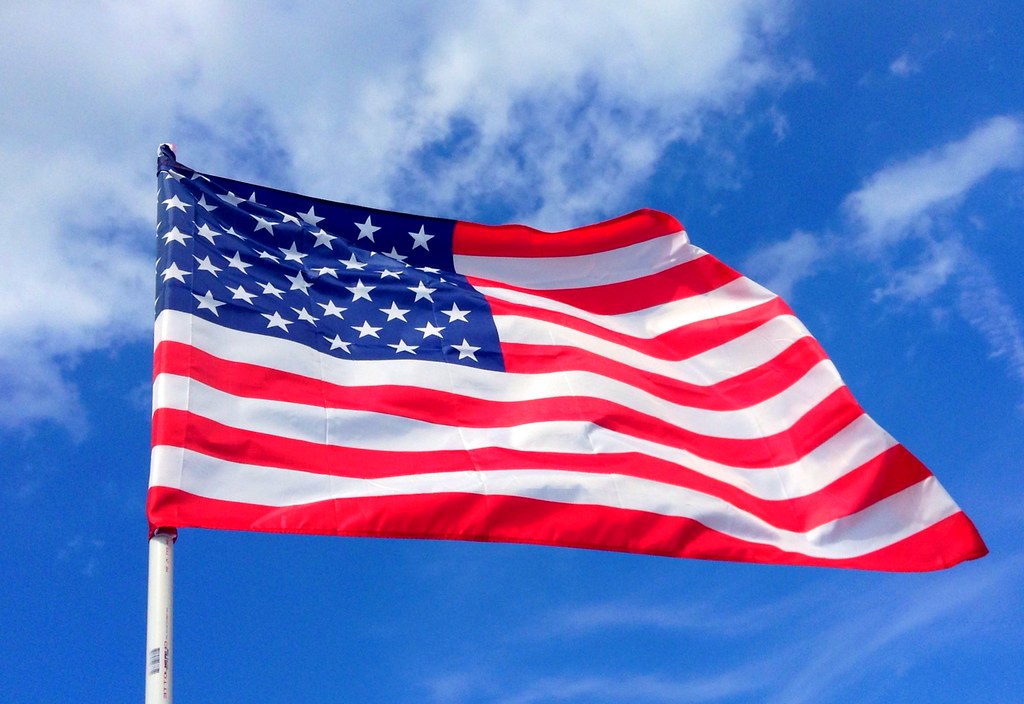Key takeaways:
- Republican economists predict stronger growth under GOP presidents.
- Their GDP forecasts often prove less accurate than Democratic ones.
- Bias spikes during heated debates over tax cuts.
- Predictions for inflation and unemployment stay unbiased.
- Inaccurate forecasts can mislead markets and policymakers.
Why Economic Forecasts Swing with Politics
Forecasts guide big decisions. Companies plan investments based on these numbers. Policymakers set rates using expert advice. Yet experts can carry hidden biases. Surprisingly, political views may shape the picture they draw. Over nearly forty years, economists shared their growth predictions with a major survey. Analysts then linked those forecasts to the economists’ party leanings. They found a clear pattern. Republican-leaning forecasters predicted higher growth when their party held the presidency. In fact, their predictions added about ten to fifteen percent to average growth rates. However, their estimates missed the mark more often in those years. That suggests political optimism weakened their accuracy.
Partisan Bias in Economic Forecasts
The study used more than three hundred forecasters from big banks, consulting firms, and universities. Among them, researchers identified party ties for one hundred twenty-two economists. They checked donation records, voter rolls, and past work with political groups. Next, they compared the forecasters’ real-time GDP data to their predictions. The result stood out: Republican forecasters had larger errors during Republican presidencies. Under Democratic Presidents, predictions by both sides matched closely. Bill Clinton, Barack Obama, and Joe Biden saw similar forecasts from all economists. But George W. Bush and Donald Trump’s terms showed a sharp divide. Interestingly, this bias appeared only for GDP estimates. Forecasts for inflation, unemployment, and interest rates stayed neutral. Because GDP is hard to predict, it opens doors for personal views to slip in. Economists disagree more on growth than on prices or jobs. As a result, political leanings can shape these uncertain numbers.
Why GDP Predictions Show Bias
GDP forecasts involve many moving parts. They include consumer spending, business investment, and government policies. Often, forecasters debate the impact of tax cuts and regulations. Here, partisan ideas can steer beliefs. The study even used search trends for tax cut news. It found that Republican economists grew more optimistic when tax talk rose. Meanwhile, Democratic economists stayed steady or cautious. This link points to how ideology seeps into numbers. In contrast, inflation and unemployment rely more on clear data. For example, price indexes and job reports offer direct clues. Thus, forecasters stick closer to the facts. Their accuracy remains high and bias low in those areas.
The Impact on Decisions
Inaccurate growth estimates can carry big costs. Investors may pour money into stocks expecting a boom. Yet if growth falls short, markets can tumble. Companies might overbuild factories or hire too many workers. Then they face excess capacity or layoffs. Policymakers also rely on these forecasts. The central bank may set interest rates based on expected growth. If it overestimates strength, it could keep rates too low and spark inflation. Conversely, underestimates might lead to higher rates than needed, slowing the economy. Because forecasts guide such choices, bias can ripple through the whole system. Moreover, many forecasts form a consensus view. People assume that mixing different opinions cancels out errors. But if many forecasters share the same political leanings, the bias stays alive. Therefore, even professional forecasts can mislead when they reflect shared party views.
Questions Still Left Open
Our understanding grows, but many questions remain. First, can economists curb their own bias? Perhaps simply reminding them of their leanings would help. Or new methods could weight forecasts based on past accuracy under each party. Second, do institutions matter? Workplaces that value political balance might see less bias. Third, how do international forecasters view the U.S. economy? They might stay more neutral without domestic party ties. Finally, will other countries show the same effects? Political systems differ around the world. Less polarized nations might display weaker biases. In the end, the work highlights a key point: even trained experts carry hidden views. Recognizing bias is the first step to better forecasts.
Frequently Asked Questions
What does this mean for business planning?
Businesses should treat forecasts as guides, not certainties. They can use a range of scenarios. This way, they prepare for both strong and weak growth.
Can bias in economic forecasts be reduced?
Possible steps include greater awareness and new forecasting methods. Institutions could track which forecasters did best under each political system.
Why does GDP attract bias more than inflation predictions?
GDP carries more uncertainty and relies on complex policy effects. Inflation uses clear price data, so it leaves less room for opinion.
Will future forecasts improve with new approaches?
Yes. By blending past accuracy and adjusting for bias, consensus forecasts can grow more reliable. Economists can also share data on their own track records.
